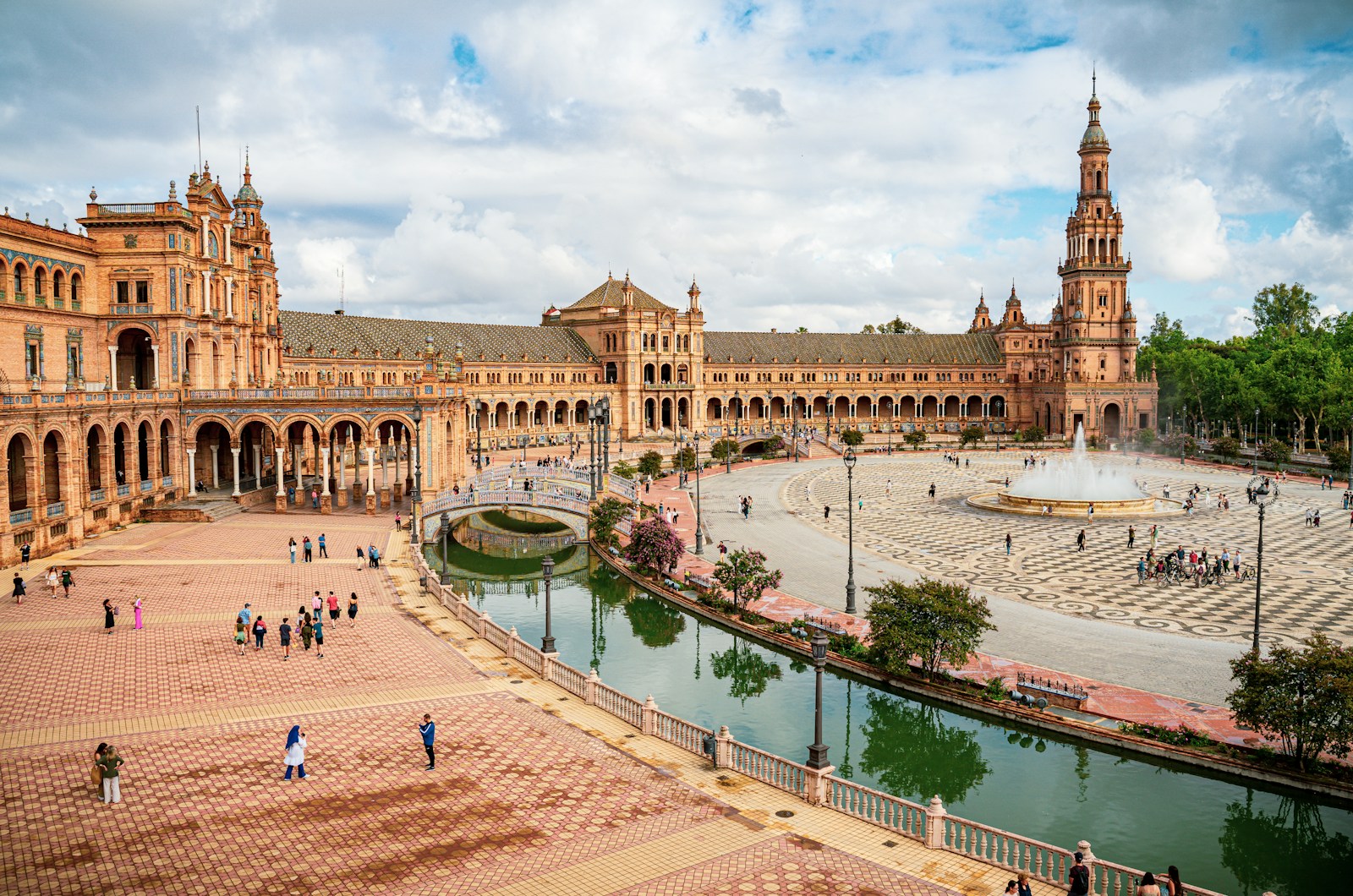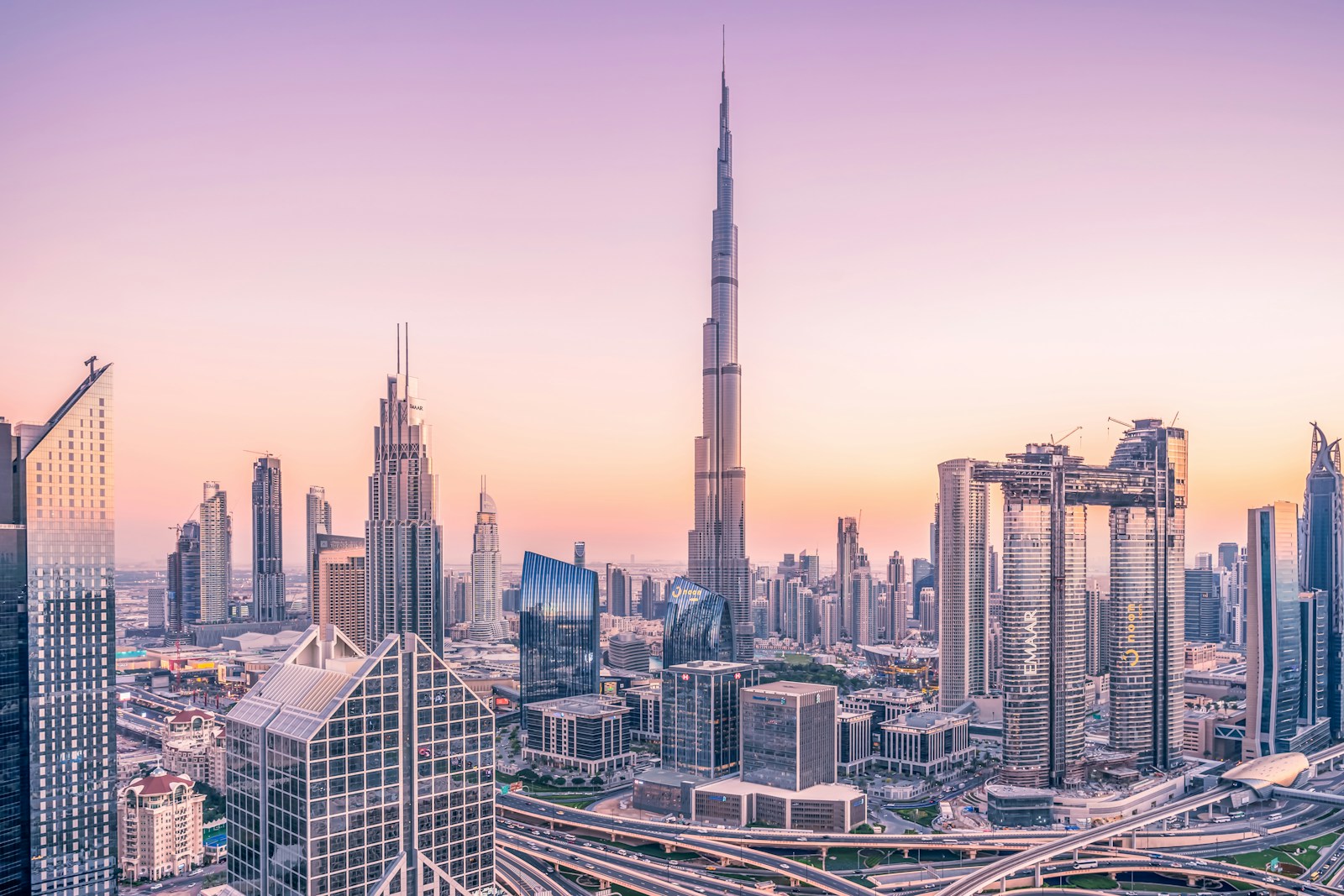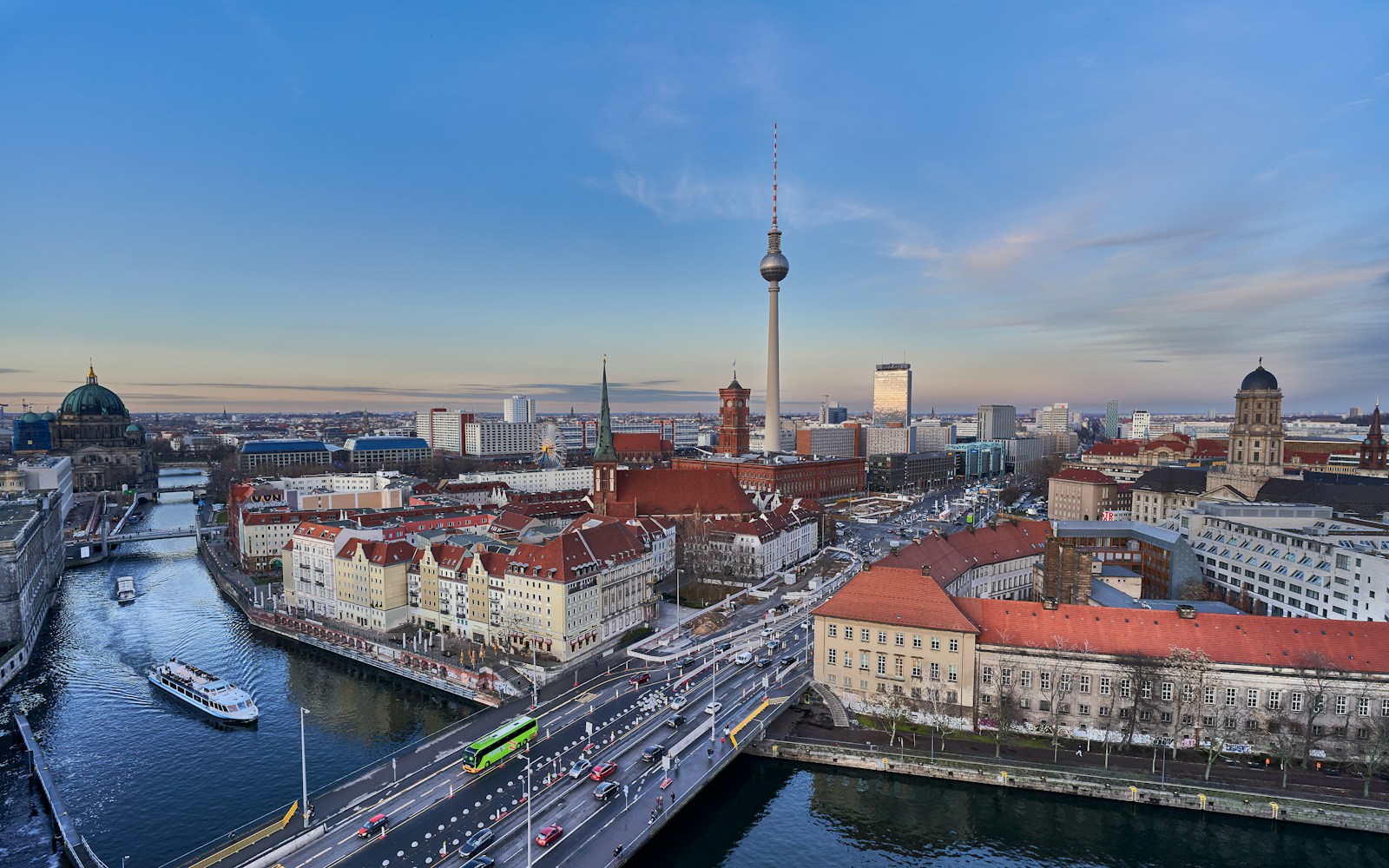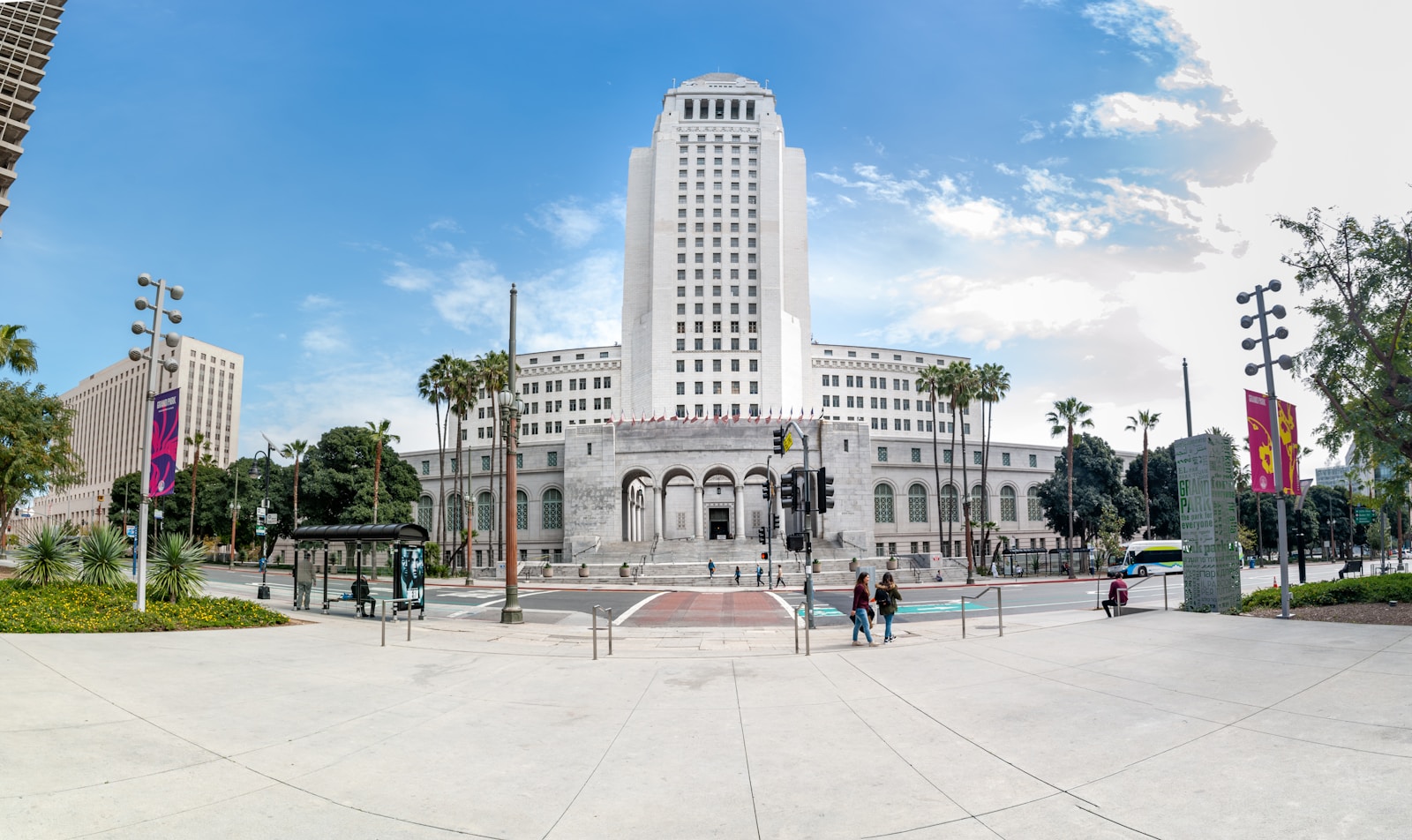Seville is a city that effortlessly blends its rich history with a vibrant culture, offering visitors a unique experience. Whether you’re drawn to its historic monuments, the allure of its Flamenco rhythms, or the mouth-watering allure of its tapas, Seville promises something special for everyone. As you wander through its cobbled streets, you’ll find yourself immersed in a world where every corner holds a story. This article will guide you through nine incredible sights in Seville that you simply cannot miss. These places not only encapsulate the essence of the city but also provide a deeper understanding of its cultural heritage.
Sights in Seville: Where History and Culture Meet
When it comes to exploring Seville, the challenge isn’t finding something to see; it’s deciding what to prioritize. The city is brimming with historical landmarks, beautiful architecture, and cultural hotspots that beckon you to take your time and savor each moment. However, Seville’s laid-back atmosphere also invites you to slow down, enjoy the local cuisine, and take in the sights at your own pace. So while there’s plenty to see, it’s equally important to simply let yourself absorb the city’s ambiance.
While Seville offers a plethora of attractions, the following nine stand out as must-visit spots. These are the sights that will leave a lasting impression on your heart, and each one is steeped in the history and traditions that make Seville so unique. As you explore these sites, you’ll gain a deeper appreciation for the city’s cultural richness and historical significance.
Understanding Seville’s Climate: Timing Your Visit
Before diving into the must-see sights, it’s crucial to consider the timing of your visit to Seville. The city is blessed with a warm climate for most of the year, which makes it an attractive destination at almost any time. However, the summer months, particularly July and August, can be swelteringly hot, with temperatures often soaring above 35 degrees Celsius (95 degrees Fahrenheit). This intense heat can make sightseeing less enjoyable, especially during the peak of the day.
If possible, plan your visit during the cooler months, from October to May, when the weather is more pleasant and conducive to exploring the city on foot. During these months, the temperatures are milder, allowing you to comfortably enjoy all that Seville has to offer. Spring, in particular, is a lovely time to visit, as the city’s gardens and parks are in full bloom, adding an extra layer of beauty to your experience.
1. La Giralda: A Towering Symbol of Seville’s History
One of the most iconic landmarks in Seville is La Giralda, the towering bell tower of the Seville Cathedral. Originally constructed as a minaret for a mosque during the Moorish occupation of Spain, La Giralda has stood the test of time and remains a stunning example of the city’s layered history. The tower’s architecture reflects this blend of cultures, with the lower portion showcasing intricate Moorish designs, while the upper part, added later, exhibits Renaissance elements.
Visiting La Giralda is an immersive experience that offers more than just a glimpse into Seville’s past. As you ascend the tower, you’ll notice the gradual shift in architectural styles, symbolizing the city’s transition from Muslim to Christian rule. The climb to the top is well worth the effort, as it rewards you with panoramic views of Seville, stretching out to the horizon. The entry fee of 12 euros per person (as of 2024) includes access to the cathedral, where you can explore even more of the city’s religious and cultural heritage.
One of the highlights inside the cathedral is the tomb of Christopher Columbus, a point of pride for many locals. This adds another layer to the rich tapestry of history you’ll encounter during your visit. The cathedral itself, with its soaring ceilings and intricate decorations, is a masterpiece of Gothic architecture and a fitting companion to the tower’s grandeur. As you explore these sacred spaces, you’ll gain a deeper appreciation for Seville’s role in shaping the cultural and religious history of Spain.
2. Real Alcázar of Seville: A Palace Steeped in History
The Real Alcázar of Seville is another must-visit landmark, offering a window into the city’s royal past. This majestic palace was originally built as a fortress by the Moors and has since evolved into a royal residence that continues to be used by the Spanish royal family today. The Real Alcázar is a stunning example of Mudejar architecture, a style that combines Islamic and Christian elements, reflecting the complex history of the region.
As you wander through the palace’s many rooms and courtyards, you’ll be struck by the exquisite details in the tilework, wood carvings, and lush gardens. The sound of trickling fountains adds to the serene atmosphere, transporting you back to a time when the palace was at the heart of Seville’s political and cultural life. Each corner of the Real Alcázar tells a story, from the Moorish era to the Christian reconquest, and exploring these layers of history is a truly enriching experience.
One of the most enchanting aspects of the Real Alcázar is its gardens, which are a perfect blend of natural beauty and human artistry. These gardens have been meticulously maintained over the centuries and offer a peaceful retreat from the hustle and bustle of the city. Strolling through the orange groves and past the elegant fountains, you can easily imagine the royal families who once enjoyed these same sights and sounds.
If you’re planning to visit, take advantage of the free entry offered from Monday to Friday during specific hours. This allows you to explore the palace and its gardens without the crowds, giving you a more intimate experience of this historical treasure. As you walk through the Real Alcázar, you’ll gain a deeper understanding of Seville’s rich cultural heritage and the enduring legacy of its royal history.
3. Plaza de España: A Masterpiece of Spanish Architecture
Plaza de España is one of Seville’s most impressive and beloved landmarks, offering a stunning example of Spanish Renaissance Revival architecture. Built for the Ibero-American Exposition of 1929, this grand square is a symbol of Spain’s rich cultural history and a testament to the nation’s architectural prowess. The plaza’s design is both monumental and inviting, with its sweeping semicircular layout, ornate bridges, and colorful ceramic tiles.
As you walk through Plaza de España, you’ll be captivated by the intricate details that adorn the buildings and walkways. The use of vibrant tiles to depict scenes from each of Spain’s provinces is particularly striking, offering a visual journey through the country’s diverse regions. The plaza is also home to several beautiful bridges, each one adding to the overall charm of the space.
For film buffs, Plaza de España may look familiar, as it served as a backdrop for scenes in the movie Star Wars: Attack of the Clones. The plaza’s cinematic appeal is undeniable, and it’s easy to see why it was chosen as a location for such an iconic film. Despite its popularity, Plaza de España retains a sense of tranquility, especially in the early morning or late afternoon when the crowds thin out.
Whether you’re a history enthusiast, an architecture lover, or simply someone who appreciates beautiful spaces, Plaza de España is a must-see. The plaza’s grandeur and attention to detail make it a fitting tribute to Spain’s rich cultural heritage, and spending time here is sure to be one of the highlights of your visit to Seville. As you explore this magnificent space, you’ll gain a deeper appreciation for the artistry and vision that went into its creation.
4. Real Maestranza: The Heart of Andalusian Bullfighting Tradition
Bullfighting is a tradition that runs deep in Andalusia, and nowhere is this more evident than at the Real Maestranza, Seville’s iconic bullring. With its origins dating back to the 18th century, this arena is one of the oldest and most important in Spain, and it continues to host bullfights from spring through autumn. For those interested in understanding this controversial yet deeply rooted aspect of Spanish culture, a visit to the Real Maestranza is essential.
The bullring itself is an architectural marvel, designed in the style of a Roman amphitheater. Its circular shape, white walls, and red trim make it instantly recognizable, and the arena can seat up to 12,000 spectators. As you step inside, you’ll feel the weight of history and tradition, as countless matadors have faced their fears and showcased their skills in this very ring.
In addition to watching a bullfight, visitors can explore the Real Maestranza’s museum, which offers a comprehensive look at the history of bullfighting in Spain. The museum’s collection includes costumes, posters, and other memorabilia, providing insight into the artistry and rituals that surround this ancient sport. Whether you’re a bullfighting aficionado or simply curious about the tradition, the museum is a valuable resource for understanding the cultural significance of bullfighting in Andalusia.
While bullfighting is a polarizing subject, with many opposing it for ethical reasons, it remains an integral part of Seville’s cultural heritage. For those who wish to learn more about this tradition, the Real Maestranza offers a unique opportunity to experience it firsthand. Whether you choose to attend a bullfight or simply visit the museum, you’ll come away with a deeper understanding of the complex and often contradictory nature of Spanish culture.
5. The Golden Tower (La Torre del Oro): A Glimpse into Seville’s Maritime History
Situated along the banks of the Guadalquivir River, the Golden Tower (La Torre del Oro) is one of Seville’s most recognizable landmarks. This 13th-century watchtower was originally part of the city’s Moorish defenses, serving as a crucial point of control over the river. Its name, derived from the golden hue it takes on at sunset, adds to the tower’s mystique and allure.
The Golden Tower played a significant role in Seville’s maritime history, particularly during the Age of Exploration when Spain’s empire was expanding across the Atlantic. From this vantage point, it’s easy to imagine the bustling activity of the port, with ships arriving from the New World laden with treasures and goods. The tower was also used to monitor and defend the city against potential invaders, making it a key element in Seville’s military strategy.
Today, the Golden Tower houses a maritime museum that offers visitors a fascinating glimpse into Seville’s seafaring past. The museum’s exhibits cover a range of topics, from the history of navigation to the exploration of the Americas. As you explore the museum, you’ll gain a deeper appreciation for the role Seville played in shaping the course of world history.
Climbing to the top of the Golden Tower is a must-do activity, as it offers panoramic views of the river and the city beyond. From this vantage point, you can take in the beauty of Seville’s skyline, with its mix of historic buildings and modern structures. The view is particularly stunning at sunset when the city is bathed in golden light, creating a magical atmosphere that perfectly complements the tower’s storied past.
6. Flamenco: The Heartbeat of Andalusian Culture
Flamenco is more than just a dance or a style of music; it’s an expression of the Andalusian soul. This passionate art form, which originated in the region’s gypsy communities in the 19th century, is characterized by its intense emotion, intricate rhythms, and powerful movements. In Seville, Flamenco is an integral part of the cultural landscape, and attending a Flamenco performance is an experience that should not be missed.
Flamenco performances can be found throughout Seville, from intimate shows in small bars to grand spectacles in theaters. Each performance is a unique expression of the artist’s emotions, with the dancer, singer, and guitarist working together to create a powerful and moving experience. The music and dance often convey themes of love, loss, and longing, tapping into the deepest emotions of both the performers and the audience.
One of the best times to experience Flamenco in Seville is during the La Bienal de Flamenco, a prestigious festival that takes place in September every even year. This festival brings together some of the best Flamenco artists from around the world, offering a wide range of performances that showcase the diversity and depth of this art form. Whether you’re a Flamenco aficionado or new to the genre, the La Bienal de Flamenco is an unforgettable experience.
If you’re unable to visit during the festival, don’t worry—there are plenty of other opportunities to enjoy Flamenco in Seville. The Museo del Baile Flamenco and La Casa del Flamenco are two popular venues that offer daily performances, providing an authentic and intimate setting to experience this vibrant art form. As you watch the dancers move with grace and power, you’ll gain a deeper understanding of the emotional intensity that defines Flamenco and its significance in Andalusian culture.
7. Las Setas: A Modern Marvel with Panoramic Views
In contrast to Seville’s historic landmarks, Las Setas (The Mushrooms) represents the city’s embrace of modern architecture. Officially known as Metropol Parasol, this massive wooden structure was completed in 2011 and has since become one of Seville’s most distinctive and controversial sights. Designed by German architect Jürgen Mayer, Las Setas is a striking example of contemporary design, with its undulating form and expansive canopy that provides shade and shelter in the Plaza de la Encarnación.
Las Setas offers visitors a unique perspective on Seville, both literally and figuratively. The structure features a walkway that allows you to stroll high above the city’s rooftops, offering stunning views of the surrounding area. From this vantage point, you can see Seville’s historic skyline, with its mix of Gothic, Renaissance, and Baroque architecture, as well as the more modern developments that have shaped the city in recent years.
Beneath Las Setas, you’ll find the Antiquarium, an archaeological museum that showcases the Roman ruins discovered during the construction of the structure. These ancient remains provide a fascinating contrast to the modern architecture above, highlighting the layers of history that make Seville such a unique city. As you explore the museum, you’ll gain a deeper appreciation for the city’s long and complex history, from its Roman origins to its modern-day innovations.
Las Setas is more than just a sightseeing spot; it’s also a hub of activity, with a variety of events and markets taking place in the plaza throughout the year. Whether you’re visiting for the views, the history, or simply to enjoy the vibrant atmosphere, Las Setas is a must-see destination that offers a fresh and exciting perspective on Seville.
8. Cruceros Torre del Oro: A Relaxing River Cruise on the Guadalquivir
For a different perspective on Seville, consider taking a river cruise on the Guadalquivir River. This leisurely boat ride offers a unique way to see the city’s sights from the water, providing a peaceful and relaxing experience that contrasts with the hustle and bustle of the streets. The cruises depart from the Torre del Oro and take you along the river, offering views of both the historic and modern parts of the city.
During the cruise, you’ll pass by some of Seville’s most famous landmarks, including the Real Alcázar, La Giralda, and the Plaza de España. The gentle pace of the boat allows you to take in the scenery at your own pace, giving you plenty of time to snap photos and appreciate the beauty of the city from a different angle. The river itself has played a crucial role in Seville’s history, serving as a major trade route and a source of sustenance for the city’s inhabitants.
A river cruise is also a great option for families with children, as it provides a fun and engaging way to see the sights without the need for extensive walking. The boat’s open deck offers plenty of space for kids to move around and enjoy the views, while parents can relax and take in the scenery. Whether you’re visiting Seville for the first time or returning for another visit, a river cruise on the Guadalquivir is a must-do activity that offers a refreshing and enjoyable way to experience the city.
9. Itálica: A Journey Back in Time to Ancient Rome
Just a short bus ride from Seville lies the ancient Roman city of Itálica, one of the most important archaeological sites in Spain. Founded in 206 BC, Itálica was the birthplace of several Roman emperors, including Trajan and Hadrian, and played a significant role in the Roman Empire’s expansion in the Iberian Peninsula. Today, the site offers a fascinating glimpse into the lives of the ancient Romans, with its well-preserved ruins and impressive amphitheater.
Itálica is perhaps best known for its amphitheater, which could seat up to 25,000 spectators and was once one of the largest in the Roman Empire. This grand structure is still remarkably intact, and walking through its corridors and seating areas gives you a sense of the scale and grandeur of the Roman spectacles that once took place here. Fans of the television series Game of Thrones may recognize Itálica as the filming location for the Dragonpit, adding an extra layer of intrigue for visitors.
In addition to the amphitheater, Itálica is home to a wealth of other Roman ruins, including mosaics, temples, and baths. The site is large and sprawling, with new discoveries being made regularly, so there’s always something new to see. Whether you’re a history buff, a fan of Game of Thrones, or simply someone who enjoys exploring ancient ruins, Itálica is well worth a visit.
As you explore Itálica, take the time to imagine what life was like for the people who once lived here. The city was a thriving hub of activity, with markets, public baths, and grand villas, and its ruins offer a tantalizing glimpse into the past. Be sure to bring plenty of water and sunscreen, as the site is largely exposed to the elements, and wear comfortable shoes for walking on the uneven terrain.
Conclusion: Making the Most of Your Visit to Seville
Seville is a city that captivates the senses, offering a rich tapestry of sights, sounds, and experiences that leave a lasting impression on all who visit. From its historic landmarks to its vibrant cultural scene, there’s something for everyone in this enchanting city. Whether you’re exploring the grandeur of La Giralda, soaking in the atmosphere at Plaza de España, or experiencing the passion of Flamenco, Seville promises to make your day more beautiful in every way.
By taking the time to explore these nine incredible sights, you’ll gain a deeper understanding of Seville’s history, culture, and spirit. Each of these landmarks tells a unique story, and together, they paint a vivid picture of a city that has played a pivotal role in shaping the course of history. As you wander through Seville’s streets, you’ll be immersed in a world where the past and present coexist in perfect harmony, offering endless opportunities for discovery and delight.
So, whether you’re planning your first trip to Seville or returning for another visit, be sure to include these must-see sights on your itinerary. Each one offers a unique perspective on the city and will leave you with memories that will last a lifetime.




